Javier A. Barria1860946593, 9781860946592
Table of contents :
CONTENTS……Page 10
Preface……Page 6
1.1 Introduction and Background……Page 16
1.2 Technical Contributions……Page 17
1.3 Contributions as a Research Leader and Mentor……Page 19
References……Page 20
Resource Management……Page 24
2.1 Introduction……Page 26
2.2.1 Quality of Service Problems……Page 27
2.2.2 Technical Conundrums……Page 28
2.3 Trust Management Systems……Page 30
2.4 Transparency vs Choice……Page 31
2.5 Proposed Solution……Page 32
2.5.1 Adoption Cycle For Mobile Ad Hoc Networks……Page 33
2.5.2 Do We Really Need Incentive Systems?……Page 35
2.6 Conclusions……Page 37
References……Page 38
3.1 Introduction……Page 40
3.2 Fairness Efficiency and Utility Functions……Page 41
3.3 Utility-Based Bandwidth Allocation……Page 44
3.3.1 Utility of the Aggregate……Page 45
3.3.2 Limiting Regime Approximation……Page 47
3.3.3 Offered Load Estimation……Page 48
3.4 Utility-Based Admission Control……Page 50
3.5 Utility-Based Scheduling……Page 52
3.5.1 Measuring Class Delays……Page 53
Acknowledgements……Page 55
References……Page 56
4.1 Introduction……Page 58
4.2 Manifestation of a Need (1949-1965)……Page 59
4.3 Discovery and Propagation of Locality Idea (1966-1980)……Page 62
4.4 Adoption of Locality Principle (1967-present)……Page 71
4.5 Modern Model of Locality: Context Awareness……Page 72
4.6 Future Uses of Locality Principle……Page 75
References……Page 77
5.1 Introduction……Page 84
5.2.1 System and Workload Models……Page 86
5.2.2 Task Routing Methods……Page 87
5.2.5 Model Implementation and Input Parameters……Page 88
5.3 Simulation Results and Performance Analysis……Page 89
5.3.1 Probabilistic Routing……Page 90
5.3.2 Shortest Queue Routing……Page 95
5.4 Conclusions……Page 99
References……Page 100
New Challenges on Modelling and Simulation……Page 102
6.1 Introduction……Page 104
6.2 A System of Two Independent M/M/l Queues……Page 105
6.3 A System of Two Queues in Tandem……Page 108
6.4 Statistical and Dynamic Independence……Page 111
6.5.1 Central Role of Steady State Distributions……Page 113
6.5.2 Generality Robustness and Level of Detail……Page 115
6.5.3 Operational Analysis……Page 116
References……Page 118
7.1 Introduction……Page 120
7.2 The Simple Stationary Approximation (SSA) Method……Page 123
7.3 The Stationary Peakedness Approximation (PK) Method……Page 124
7.4 The Average Stationary Approximation (ASA) Method……Page 126
7.5 The Closure Approximation for Non-Stationary Queues……Page 127
7.6 The Pointwise Stationary Approximation (PSA) Method……Page 129
7.7 The Modified Offered Load Approximation (MOL) Method……Page 133
7.8 The Fixed Point Approximation (FPA) Method……Page 136
7.9 Conclusions……Page 138
References……Page 139
8.1 Introduction……Page 142
8.2.1 Numerical Exceptions……Page 143
8.2.2 Closed Product-Form Queuing Networks……Page 144
8.3.1 Convolution Algorithm……Page 145
8.3.1.1 Static and Dynamic Scaling Techniques……Page 146
8.3.2 Load Dependent Mean Value Analysis (MVA-LD)……Page 148
8.4.1 Software Stabilisation……Page 149
8.4.2 Stabilisation of MVA-LD with Two Customer Classes……Page 151
8.4.2.1 Numerical Example……Page 152
References……Page 155
9 Modelling and Simulation of Interdependent Critical Infrastructure: The Road Ahead……Page 158
9.1 Introduction……Page 159
9.2.1 Interdependency Analysis……Page 161
9.2.2 System Analysis……Page 165
9.3 Conclusions……Page 169
References……Page 172
10 Stochastic Automata Networks and Lumpable Stochastic Bounds: Bounding Availability……Page 176
10.1 Introduction……Page 177
10.2 Stochastic Automata Networks and Stochastic Bounds……Page 178
10.2.1 SANs and their Tensor Representations……Page 179
10.2.2 Stochastic Bounds: An Algorithmic Presentation……Page 180
10.3 LIMSUB and Analysis of Transient Availability……Page 184
10.4 Algorithm GetCol and its Complexity……Page 187
10.4.1 Computation of a Column……Page 189
10.4.1.1 Computation of the Synchronised Part Cs……Page 190
10.4.1.2 Computation of the Local Part Cl……Page 191
10.5 Example: A Resource Sharing Model Subject to Failure……Page 192
References……Page 194
11.1 Introduction……Page 198
11.2 Aggregation Methods……Page 199
11.3.2 Decomposability Method of Kemeny and Snell: Theory……Page 200
11.3.3 Example of the Method of Kemeny and Snell……Page 201
11.3.4 Decomposition Method of Courtois: Theory……Page 203
11.3.5 Example of the Decomposition Method of Courtois……Page 205
11.4 Aggregation of Physical Sub-System……Page 206
11.5 Time-Space Aggregation……Page 210
11.6 Layer Aggregation……Page 211
11.6.2 Example of Inter-Layer Design……Page 212
11.6.3 Network Protocols which use Inter-Layer Interactions……Page 213
References……Page 217
Modelling of Emerging Networks……Page 220
12.1 Introduction……Page 222
12.2 Gupta and Kumar Scaling Property……Page 224
12.3 Massively Dense Networks……Page 226
12.3.1 Tractable Case with Curved Propagation Lines……Page 228
12.3.2 Practical Implementation of Shortest Path Protocol……Page 229
12.4 Introduction of Time Component……Page 230
References……Page 235
13.1 Problem Formulation……Page 238
13.2.1 The Visibility Detection Process……Page 240
13.2.2 The Model……Page 241
13.2.3 The Probability an EP of Size 6 Attaches to the Detected RA Before it Hides……Page 242
13.2.5 Model with Additional C2 Time……Page 243
13.2.6 Numerical Illustration……Page 244
13.3 Conclusions……Page 246
References……Page 247
14.1 Introduction……Page 250
14.2 The PSQA Technology……Page 251
14.3 The Random Neural Networks Tool……Page 254
14.3.1 G-networks……Page 255
14.3.2 Feedforward 3-layer G-networks……Page 257
14.3.3 Learning……Page 258
14.3.4 Sensitivity Analysis……Page 260
14.4 Applications……Page 261
References……Page 264
15.1 Introduction……Page 266
15.2 Data Collection……Page 268
15.3 Results……Page 269
15.4 Conclusions……Page 274
References……Page 275
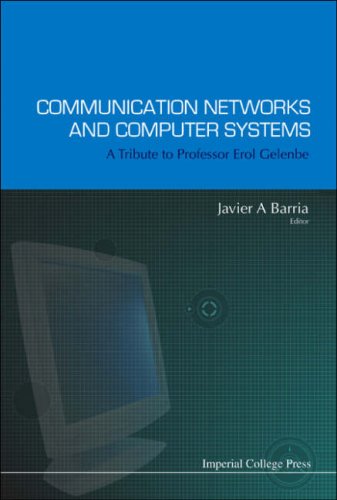

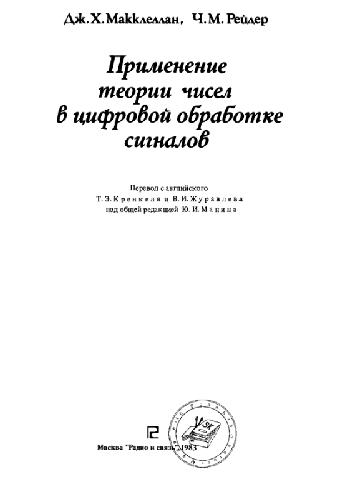
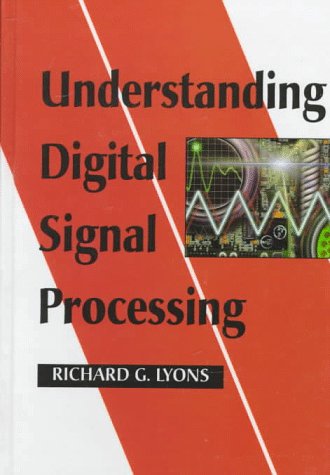
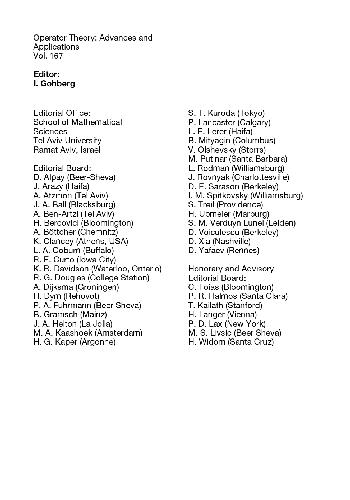
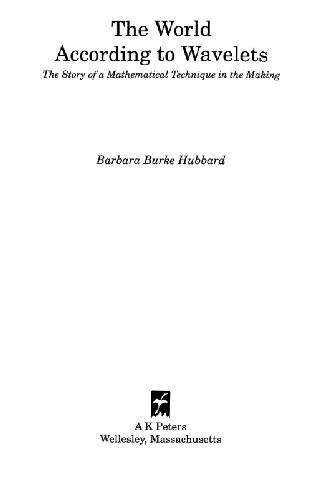
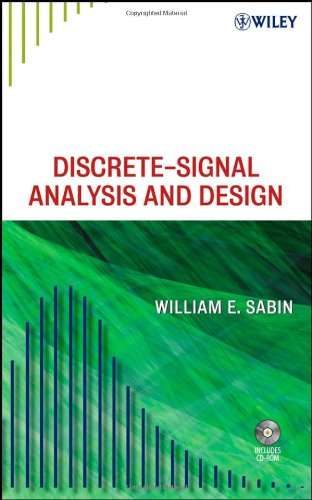
Reviews
There are no reviews yet.